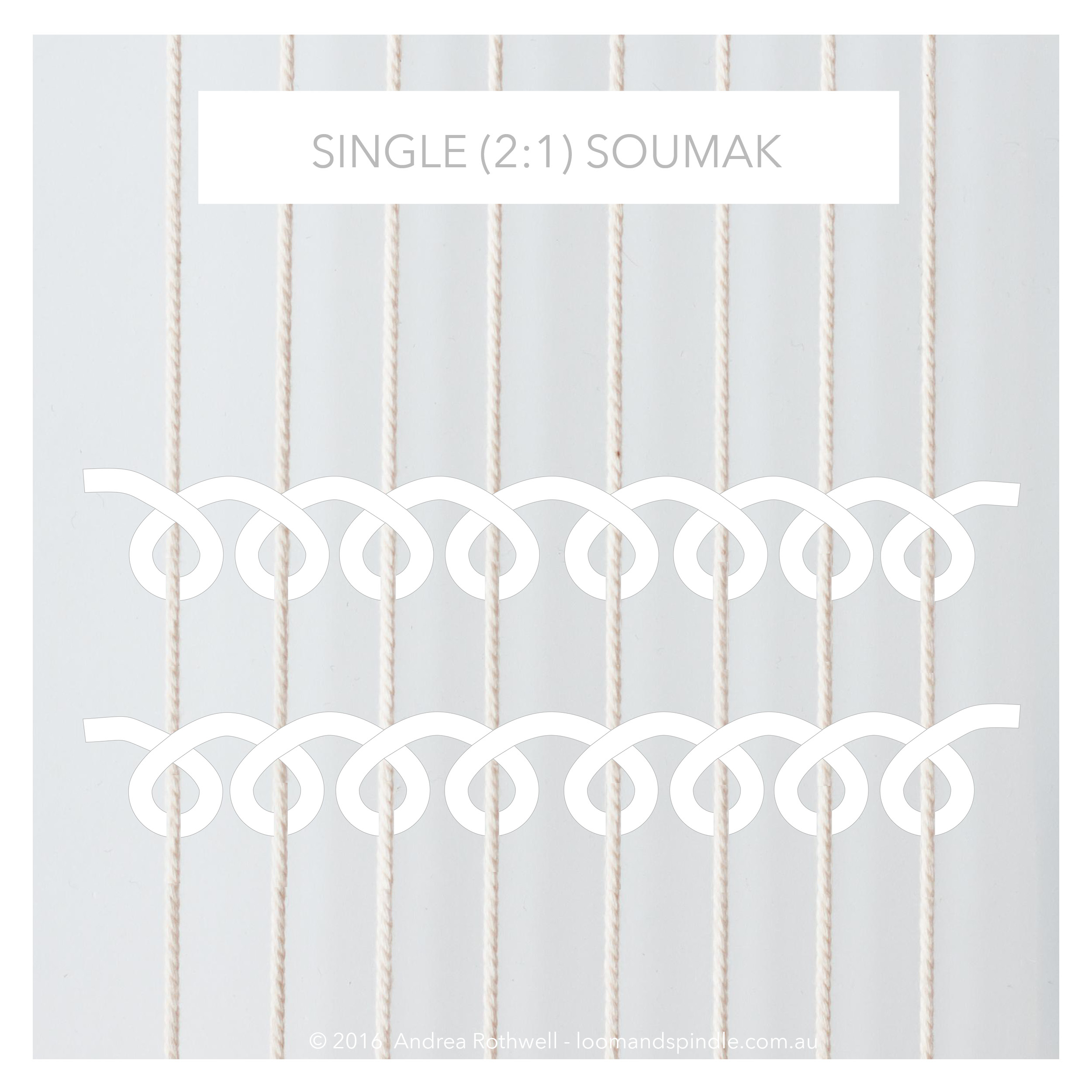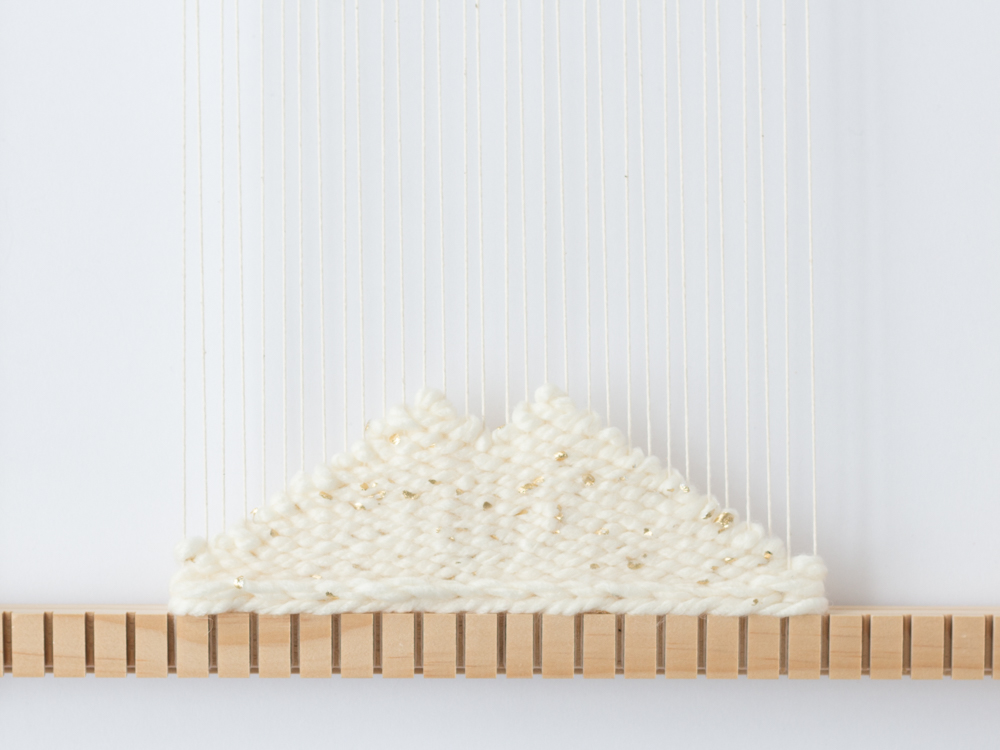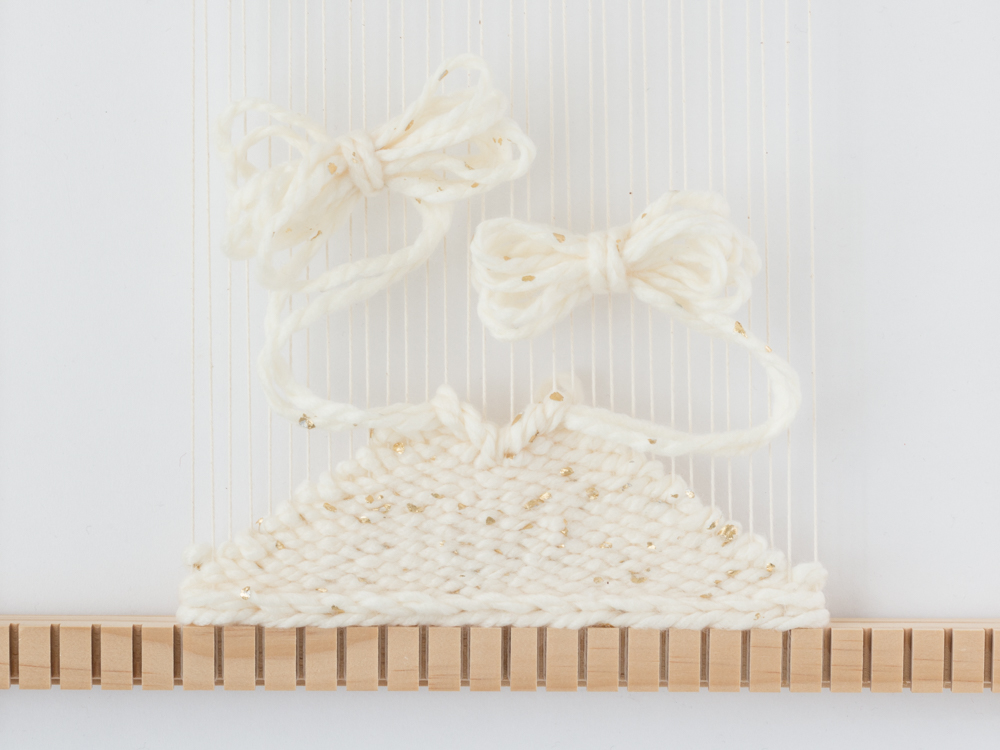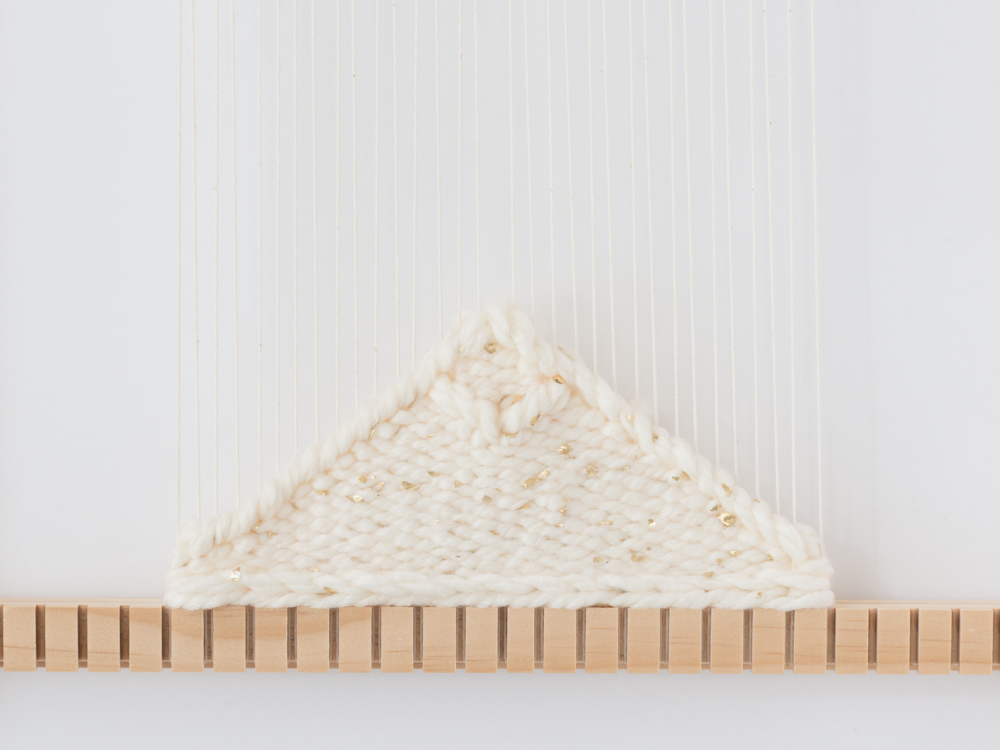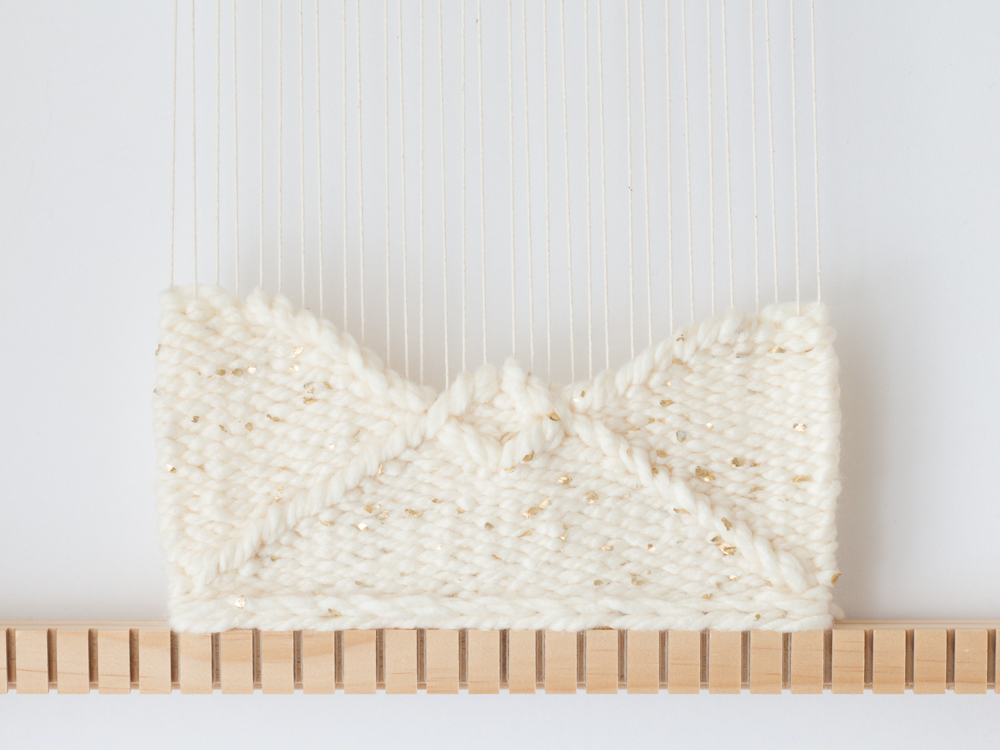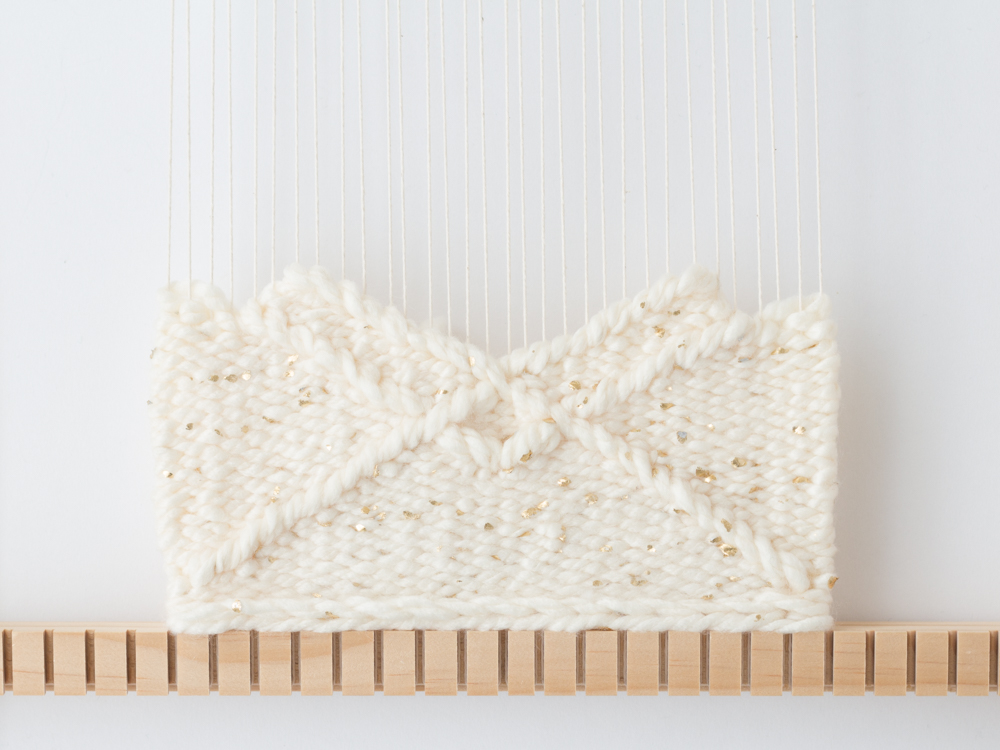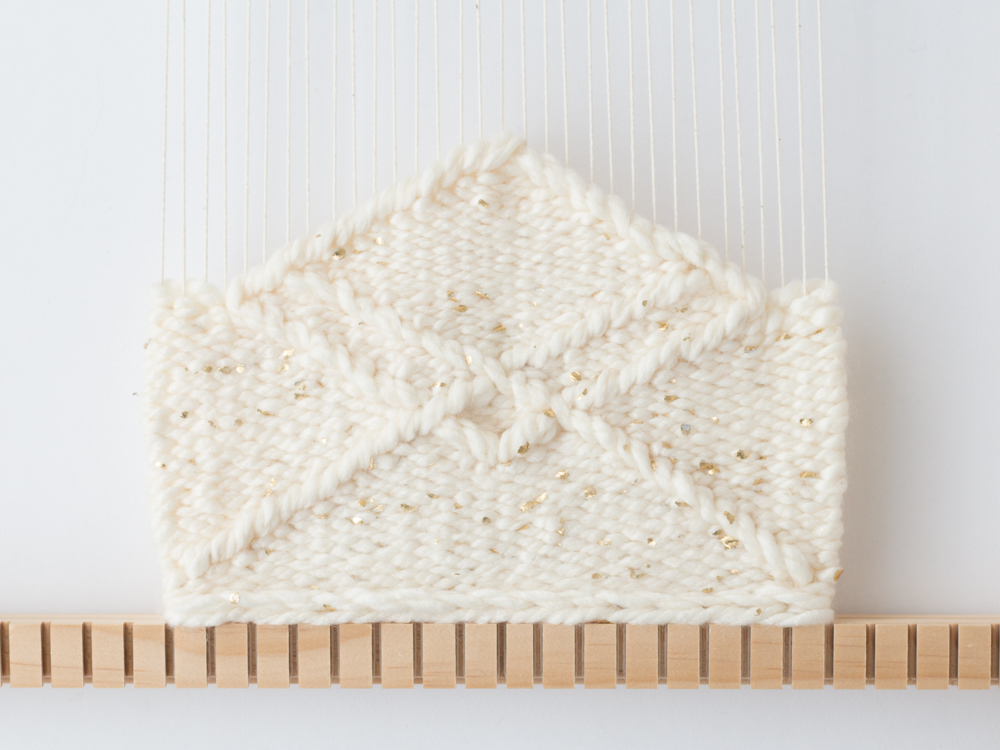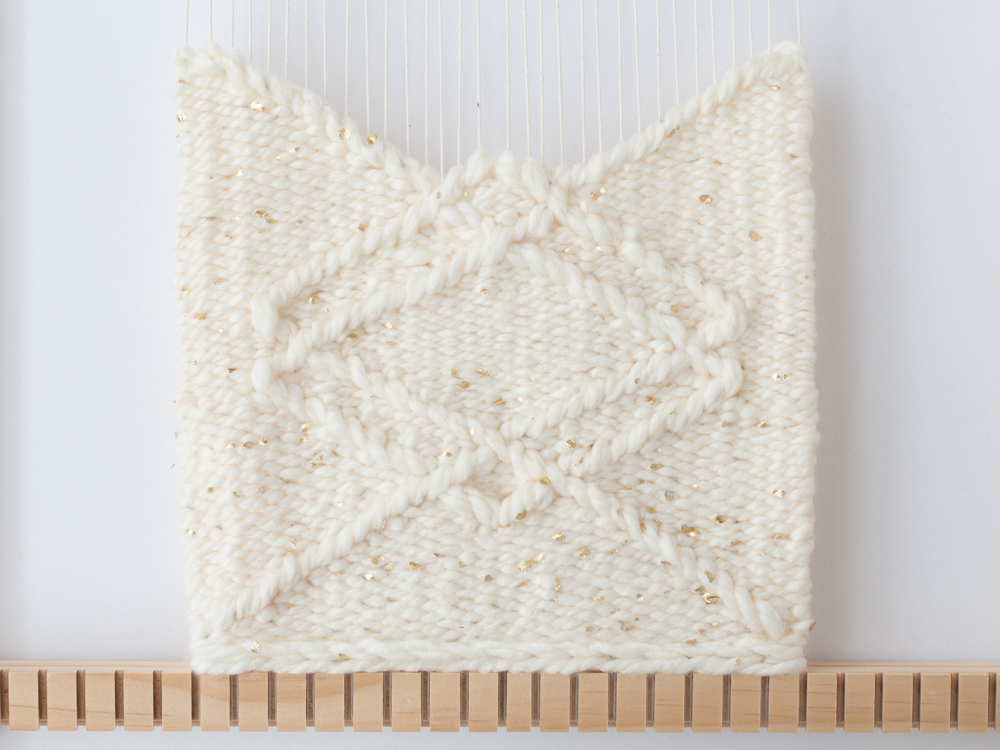Outlining Angular shapes with Soumak + FREE Pattern Download
My first book, LINE SHAPE TEXTURE, is very much a technical guide in which I introduce you to the key skills and methods of frame-loom weaving.
Having provided a comprehensive framework, I feel that we can now begin to explore how these various elements come together to create unique woven pieces.
This week we’ll be taking a look at a simple wall-hanging project that uses angular shapes and soumak outlining to create an elegant geometric design.
I've drawn on the Weaver's Methodology to show you the framework I used to develop this project.
You'll find a FREE pattern download at the end of the post so you can recreate this piece for your self!
DESIGN
This piece incorporates a geometric design of intersecting diamonds. Outlining with soumak produces a slightly raised surface delivering a subtle relief of the angular shapes.
SKILLS
Plain weave
Forming angular shapes using the diagonal slit method
Single (2:1) soumak
PLANNING
The design was roughly sketched on paper and the proportions translated to the weaving area of my loom.
SAMPLING
A small piece was woven to test the concept and proportions of the design.
MATERIALS
The final piece was woven in an off-white acrylic novelty yarn with gold flecks. It was chosen for its calming neutral tone, the gold flecks adding some warmth and interest to the piece.
CONSTRUCTION
APPLICATION
Simple angular shapes were woven and then outlined using a variation of Oriental soumak.
The soumak variation I used is commonly known as single (2:1) soumak. The ‘2’ in (2:1) refers to the number of warp threads the weft travels over before returning and encircling, in this case, ‘1’ warp thread.
On completion of each shape, the Soumak stitches were applied to the decreasing slope of the shape (see pattern download).
Two strands of weft were used for the soumak stitches as this produced a slightly bulkier stitch, allowing the soumak to rise above the plain weave surface.
FINISHING
Simple steam blocking was used to set the fibres and straighten the edges (see page 53, LINE SHAPE TEXTURE)
INSIGHTS
The success of this design really relied on working the decreasing shapes first. I needed to ensure I always had a base on which to apply the soumak outlining.
Sketching my design was really useful in working out the order the shapes had to be woven.
Knowing the weaving order then helped ensure I was mirroring the design on each side and that the proportions were even as the piece progressed.




